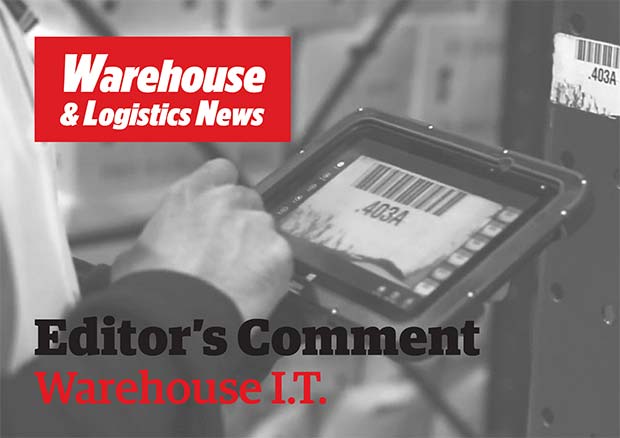A consequence of the current climate is that firms may have been given the opportunity to evaluate their approach to logistics. The increase in e-commerce, changes to buying behaviour, longer waiting times at destinations and borders and increased demand for transport assets have all raised problems that did not exist before. Under the current market conditions, technology can help minimise problems and increase the delivery speed to customers. Therefore, companies will need to adopt digital tools to assist with the large volume of data and the detailed analysis that will provide real-time visibility into their processes.
This article was first published in the July 15th 2020 issue of Warehouse & Logistics News, subscribe to the magazine by clicking here.
 An advanced WMS gives your warehouse the agility it needs to forecast demand, employ temporary workers and meet peak season and even pandemic challenges head on. It also allows you to maintain more detailed insight into inventory levels, so you can provide customers with deeper order visibility throughout the fulfilment process. You can streamline operations to make quick order fulfilment a reality, without sacrificing precision, and more easily identify areas for improvement. A WMS allows warehouse owners to make more educated decisions concerning which technologies or solutions – robots, extra staff, or additional locations – are worth investing in for the likes of reorganising stock location, speeding up packing and improving order accuracy.
An advanced WMS gives your warehouse the agility it needs to forecast demand, employ temporary workers and meet peak season and even pandemic challenges head on. It also allows you to maintain more detailed insight into inventory levels, so you can provide customers with deeper order visibility throughout the fulfilment process. You can streamline operations to make quick order fulfilment a reality, without sacrificing precision, and more easily identify areas for improvement. A WMS allows warehouse owners to make more educated decisions concerning which technologies or solutions – robots, extra staff, or additional locations – are worth investing in for the likes of reorganising stock location, speeding up packing and improving order accuracy.
To maximise productivity in warehouses, optimised space organisation is needed, decreasing as much as possible the ‘footprint’ of operational equipment allowing more space for trading goods. Warehouses can use computer carts and wall-mounted solutions to optimise space. There has been an increase in demand in warehousing space, as a result of the increase in online buying behaviour in recent years. This has seen supply chains at full stretch, further exacerbated by the current global health crisis and related lockdowns, as many consumers are relying on businesses’ online operations to do their shopping.
Responding to the need for technologies to slow the spread of Covid-19, SICK has developed PeopleCounter and DistanceGuard SensorApps which help to ensure that people keep to the recommended distance apart in working and public spaces. The SICK PeopleCounter is a SensorApp based on a machine learning algorithm running on SICK’s MRS1000 3D LiDAR sensor. One or more sensors can be easily set up to count people at entry and exit points, or allow users to control the number of people occupying a pre-defined area in real time. Because the system can reliably detect human contours, while ignoring other objects, customers or workers are counted accurately as they enter or leave buildings or other pre-defined spaces.
Software solutions are available that can create models of possible changes that can be made to existing operations. Modelling different scenarios lets you compare and evaluate potential improvement plans, at no risk, using your own live data. Most solutions available provide a drill-down and query facility with results presented on a user-friendly dashboard. Possible changes, both in capital and operating expenses, can be costed and decisions made on affordability and suitability.




Comments are closed.